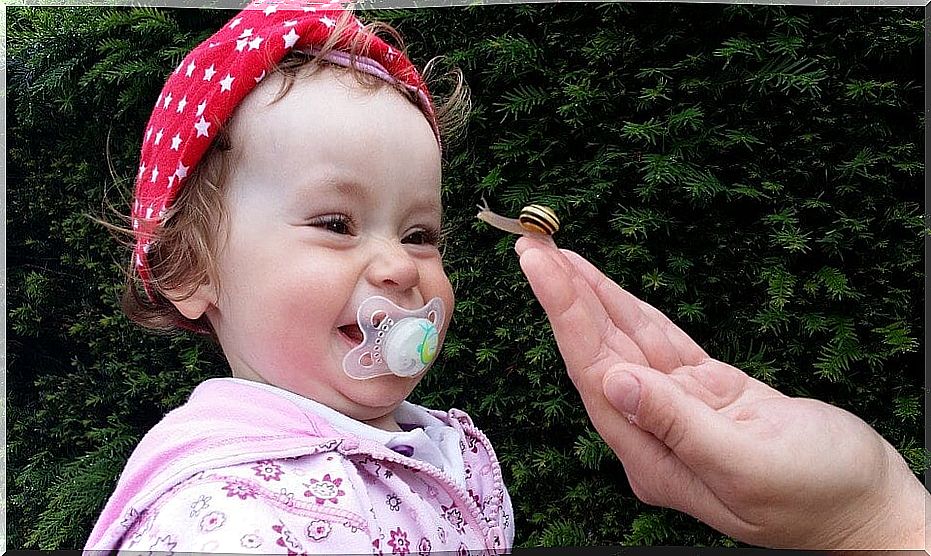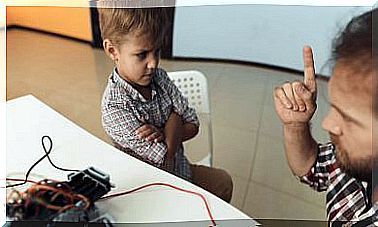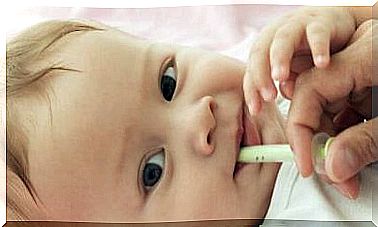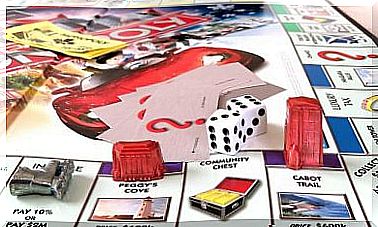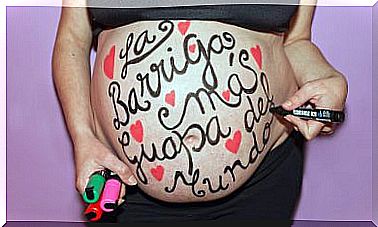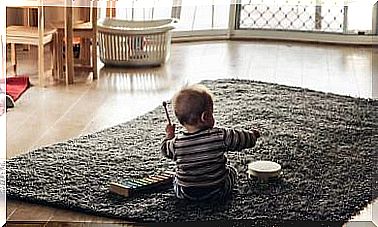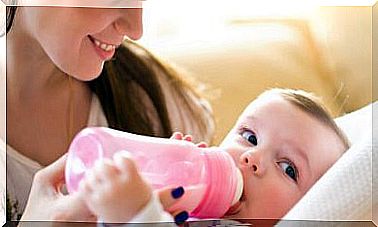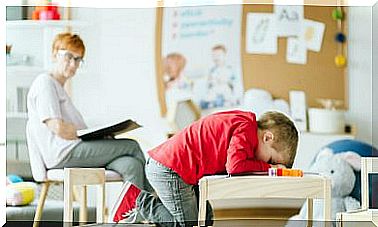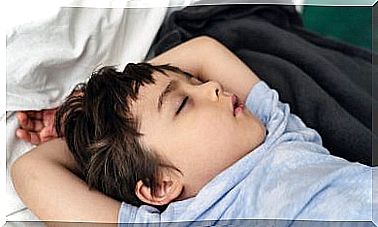Use Of The Pacifier: Benefits And Certain Doubts
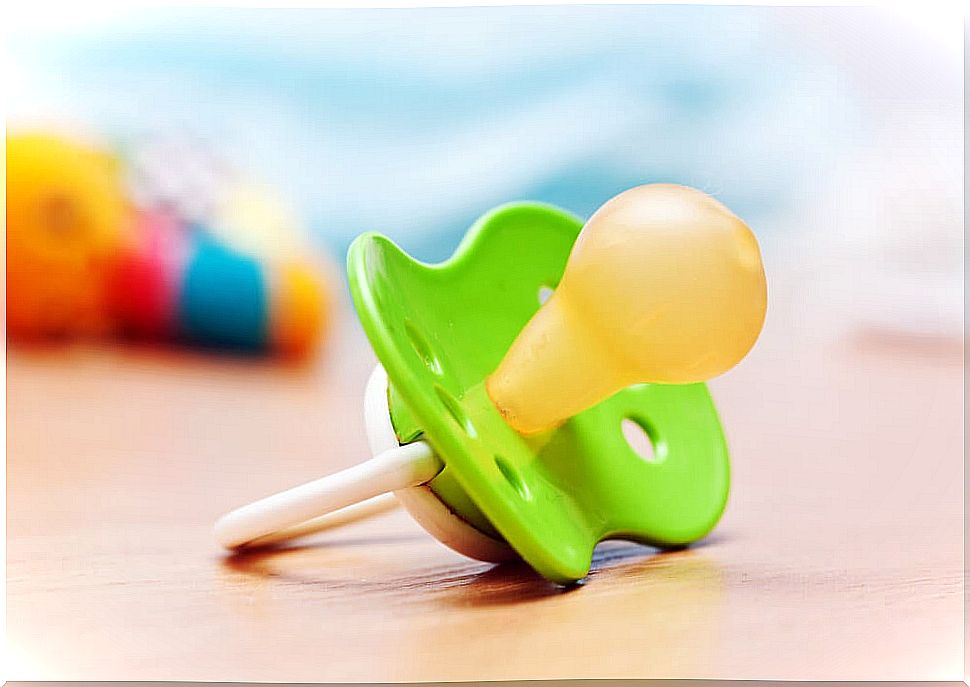
Pacifier yes or pacifier no: is that the question? Perhaps it is not just a matter of answering the question posed, but analyzing some pros and cons, as well as pointing out some of the benefits of using the pacifier and certain doubts.
Possible arguments for the use of the pacifier
It is clear that many babies have a strong sucking reflex and some of them suck their fingers prior to birth, which seems to provide them with a certain pleasant and calming effect. Needless to say, when the baby is calm, the parents are too, and that is why the pacifier often has good press.
However, since it can interfere, sometimes with the proper development of breastfeeding, its use is not promoted in the first days and during the time one is in the physical space of the maternity ward.
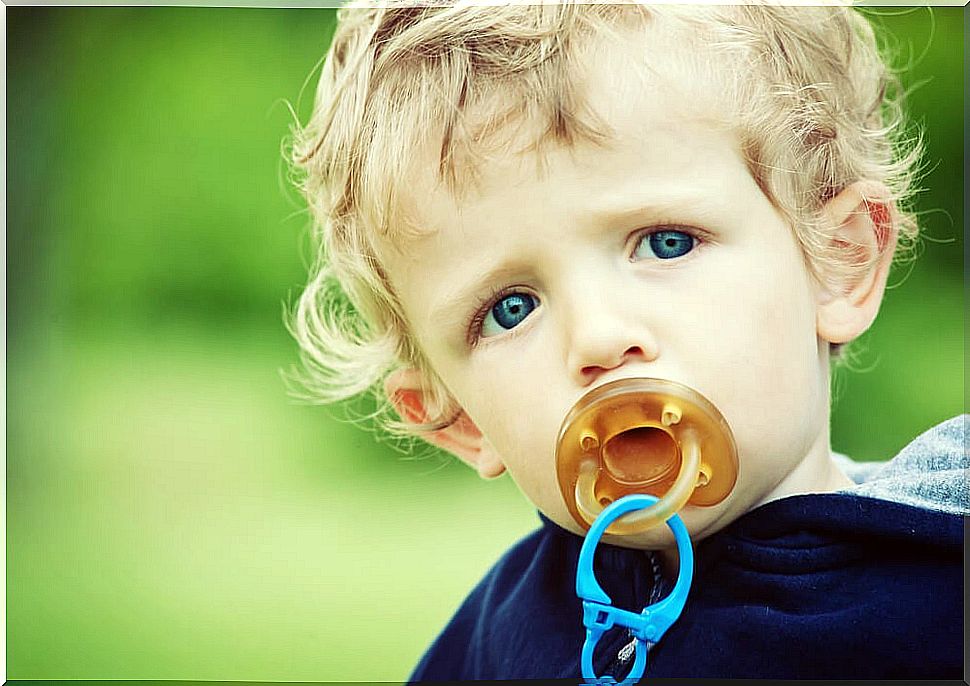
Use of the pacifier: benefits and certain doubts
- It can be a source of calm and reassurance for both baby and parents.
- It is useful for sleep time or when colic keeps the baby restless .
- It is feasible to discard it, unlike the child’s finger, which, when he acquires the habit of sucking, is more difficult to eradicate.
Important data
Some evidence indicates that it reduces the risk of Sudden Infant Death Syndrome (SIDS) and, given its relevance and severity, it is important to return to this point. Among the detractors of the use of the pacifier, some of the arguments are related to the possibility of interfering with breastfeeding, which is why its use is discouraged, not permanently, but in the initial stage until breastfeeding is consolidated.
The Spanish Association of Pediatrics and in particular its Breastfeeding Committee determine that:
- “ In breastfed newborns, it is better to avoid the pacifier during the first days of life and not advise against it when breastfeeding is well established, usually from the month of life, the age at which the risk of sudden death syndrome begins. lactating ”.
- “In neonatal units, in relation to painful procedures, if there is no possibility for the child to suckle, the suction of a pacifier should be offered as a non-pharmacological method of analgesia. “
- “To avoid other adverse effects of pacifier use, it is recommended, in all children, to limit its use until one year of life, which includes the ages of maximum risk of SIDS and those in which the infant has the greatest need to suck. ” .
Likewise, from that same Scientific Association it is suggested that the study of the relationship between breastfeeding and SIDS, and pacifier and SIDS, should be deepened, which provides insight into all these unknowns. In the meantime, professionals should continue to inform parents about the advisability of breastfeeding and avoiding the exposure of infants to the various risk factors associated with SIDS.
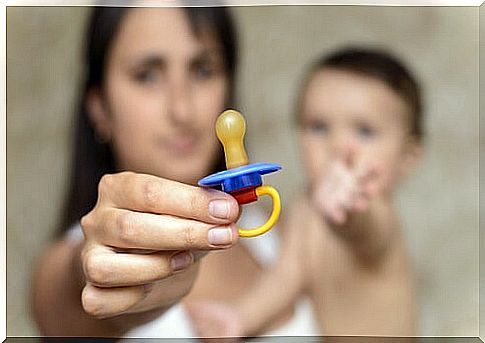
When the use of the pacifier is prolonged
According to the Spanish Society of Pediatric Dentistry, “ non-nutritive suction would cause the lower central teeth to gradually deviate inwards, while those in the upper jaw tend to separate and protrude outwards (rabbit teeth) . In addition, the action of sucking puts into operation a series of muscles of the face that, together with the position of the tongue, make the upper and lower lines finally lose their parallelism ” .
summarizing
- It is essential to clarify some myths and truths about the pacifier.
- Once incorporated, determine which is the best pacifier for our baby and promote safe use.
To end
According to the Argentine Society of Pediatrics, “consider offering the pacifier to your child once he regains his birth weight, when the mother does not have any difficulty breastfeeding and the child is exclusively breastfed. Don’t insist if the baby refuses the pacifier. Do not use the pacifier to offer the baby sugary substances or honey ” .
